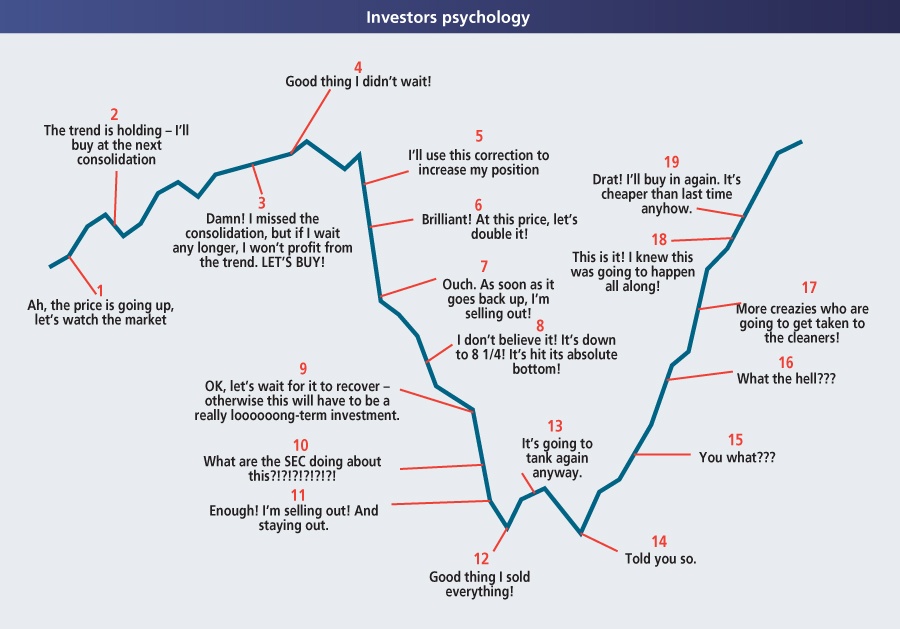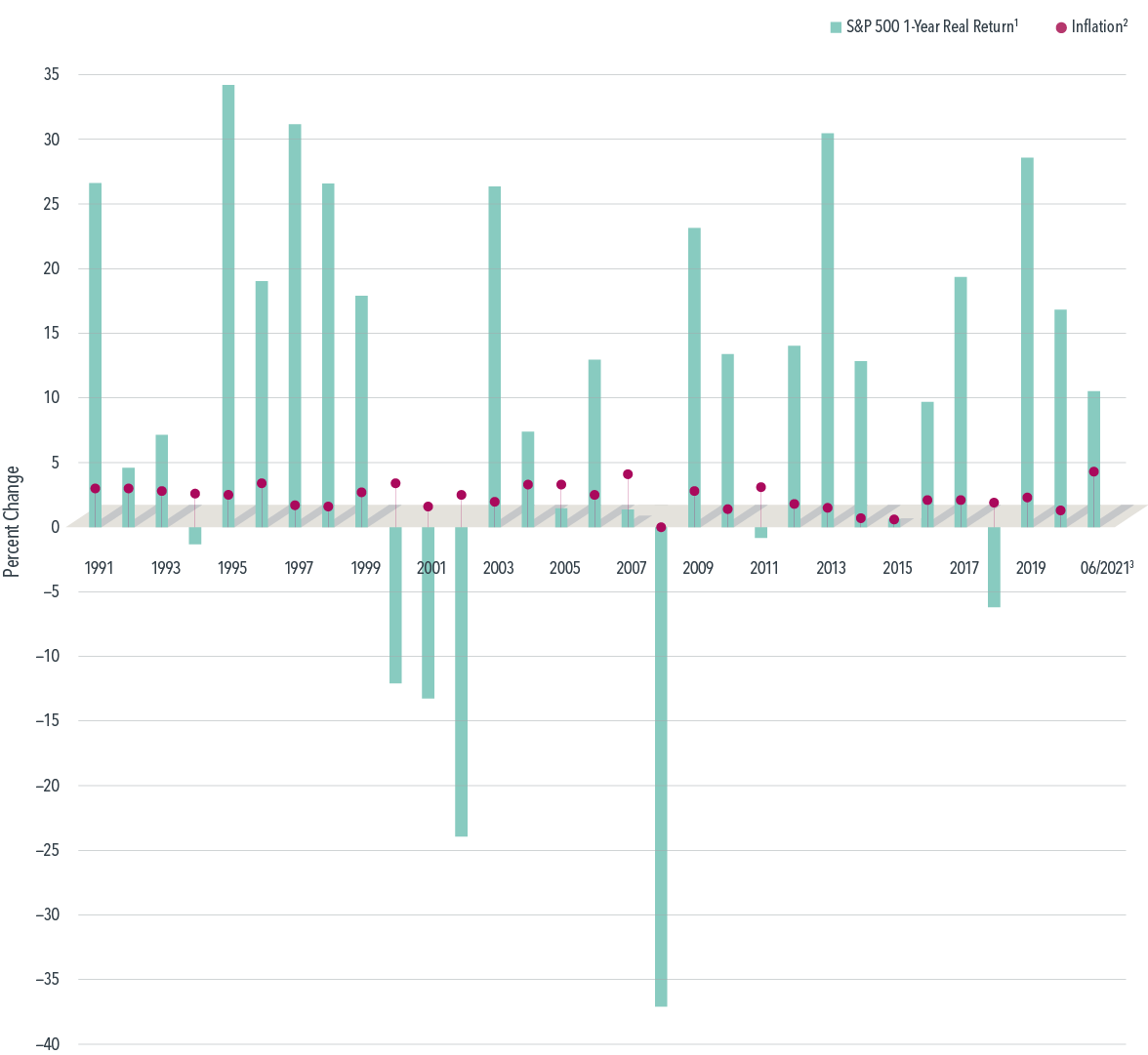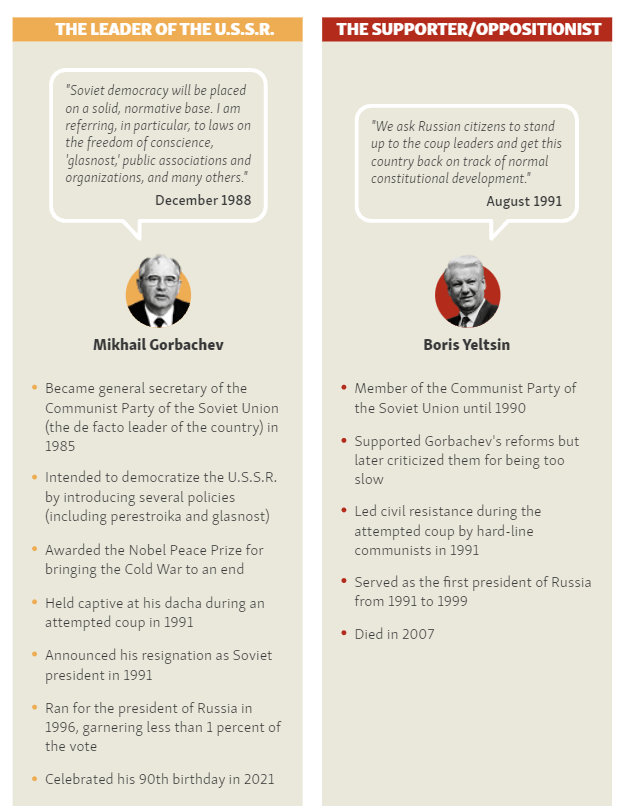One of the goals of this site is to educate investors about not only about potential investment opportunities but also help them learn about some of the basic concepts and topics in the investment world. In the past I have written many posts which are more educational in nature based on reader requests. The following are three such posts that were well received:
- ADR Fees: What is it and Why it is Important to be Aware of it
- What To Do When an ADR is Delisted from NYSE or NASDAQ
- Ten Advantages of Investing in ADRs
Following the series, in this post let us discuss about the OTC market and a few relevant facts about that market and securities.
1.What is the OTC Market?
The Over-The-Counter (OTC) Market is a market where stocks that are not listed on the major exchanges such as the NYSE and NASDAQ trade. It is an electronic market where is no exchange to monitor the transactions.
2.How many stocks trace on the OTC Market?
Nearly 12,000 stocks trade on the OTC market.
3.What are the other securities that trade on this market?
In addition to equities, investors can trade ETFs, ADRs, Foreign Ordinary Shares, Preferred Stocks, Warrants, etc. on the OTC market
4.Is it safe to buy stocks on the OTC market?
It depends. There are many questionable companies that trade on this market. So the key is to identify large high quality public companies and invest in them.
Investors need not avoid it like the plague since doing so will lead to missing out on some good opportunities.
5.Why do foreign companies trade on the OTC?
Foreign firms that do not want to deal with cumbersome reporting regulations of the SEC and/or want to avoid the expensive listing fees of the exchanges prefer this market. For instance, a few years ago the listing fees on the NYSE was $50,000 per year.
6.What type of foreign firms are found on the OTC market?
From tiny foreign firms to multi-billion dollar giants can be found on OTC market. For instance, German utilities like E.ON(EONGY) and RWE AG(RWEOY), Australian banks such as National Australia Bank(NABZY) and Common Wealth Bank(CMWAY),
7.Are Canadian companies traded on the OTC market?
Yes. For example Canadian Utilities Ltd (CDUAF) trades on the OTC.
8.Where to find all the companies or securities traded on the OTC?
The Stock Screener on the OTC markets website has this info.
Sources:
Disclosure: Long RWEOY, EONGY, NABZY


